Tea Viburnum (Viburnum setigerum) is a perennial shrub belonging to the Viburnaceae family. Native to China, this hardy plant thrives in USDA zones 5 and 6. Known for its compact, vase-like structure, Tea Viburnum is the smallest variety of viburnums but stands out for its abundant fruit production.
This unique shrub showcases clusters of white-yellow flowers that add beauty to gardens. Beyond its ornamental value, its obscure leaves hold cultural significance, as they are traditionally used by monks on Mount Omei in China to make tea.
| Common name | Tea Viburnum |
| Botanical name | Viburnum setigerum |
| Family | Viburnaceae |
| Species | setigerum |
| Origin | China |
| Life cycle | Perennial |
| Plant type | Shrub |
| Hardiness zone | 5, 6 |
| Sunlight | Full Sun |
| Maintenance | Medium |
| Soil condition | Clay |
| Soil ph | Acid |
| Drainage | Well-Drained |
| Growth rate | Slow |
| Harvest time | Fall |
| Flowering period | Spring |
| Height | 8 ft. – 12 ft. |
| Flower color | Gold, Yellow |
| Leaf color | Blue |
| Fruit color | Gold, Yellow |
| Stem color | Gray, Silver |
| Fruit type | Drupe |
| Fruit benefit | Long-lasting |
| Flower benefit | Showy |
| Garden style | Rain Garden |
| Uses | Pond |
I. Appearance and Characteristics
Viburnum setigerum, the tea viburnum, is a plant in the family Adoxaceae that is native to China.
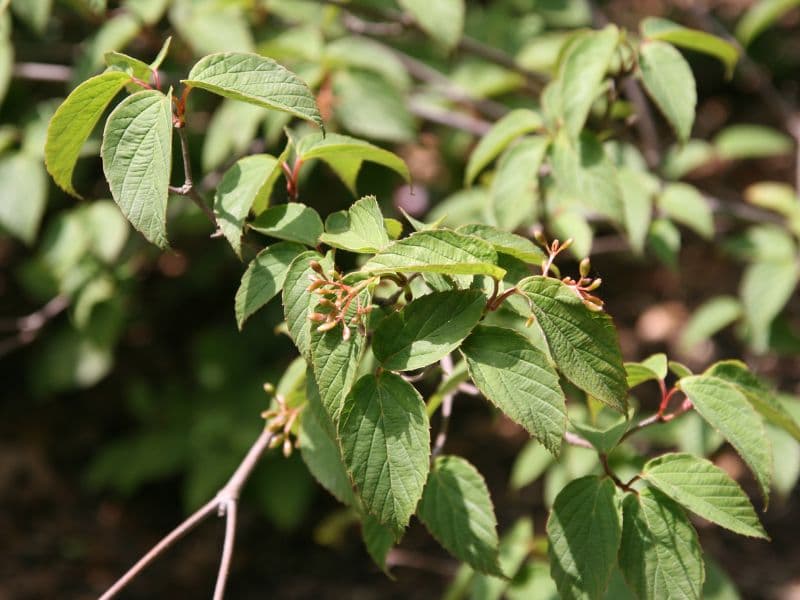
Viburnum setigerum is a shrub with opposite, simple leaves, and flexible, arching stems. The flowers are white, borne in spring. Drupes ripen to red in the fall.
II. How to Grow and Care
Sunlight
Tea viburnum in a cold environment loves to grow in full sun on slopes and edging rocks in its natural habitat. Varieties adaptable to warmer climates grow well in full sun to medium shade; long exposure to strong light should be avoided. They can be shaded by buildings or big trees.
A certain amount of scattered light is needed in the flowering phase to ensure enhanced and continuous flowering in warmer climates, but overall, plants in this genus perform well receiving 5-6 hours of continuous sunlight in a day.
Temperature
The optimum growth temperature range is between 5 to 27 ℃. It has good cold resistance; some native North American species can tolerate temperatures below -25 ℃. Its growth is poor at temperatures above 29 ℃, so it cannot survive in tropical summers. Germination requires 20 consecutive days of seed exposure to 24 ℃.
Tea viburnum needs occasional watering during hot and dry conditions. The average plant during its first 2 years of growth needs 1.2 to 1.5 cm water bi-weekly. Once established, it doesn’t need much watering.
Watering
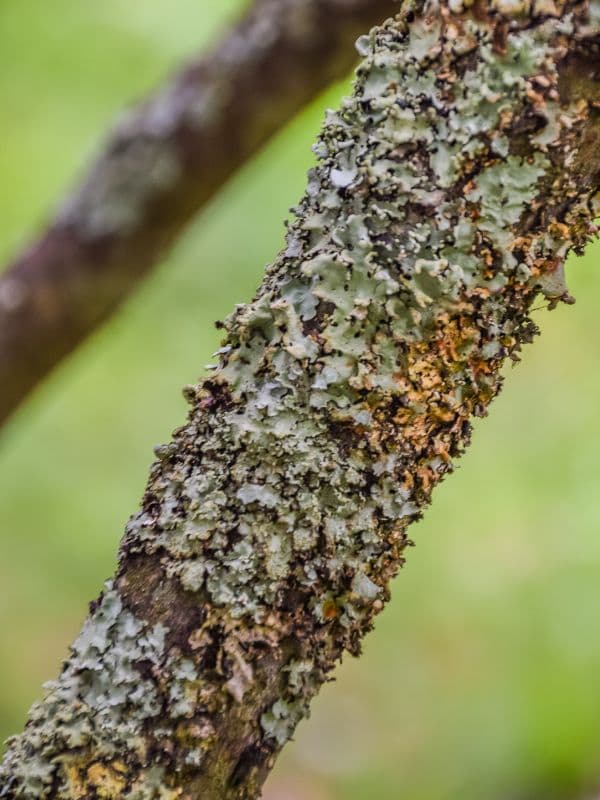
Originating from regions with moderate moisture, tea viburnum has adapted to withstand periods of low water availability. This species thrives in a balance of hydration, showing a preference for consistent but not excessive watering, aligning with its drought-tolerant nature. Accordingly, it benefits from watering once every 1-2 weeks. As an outdoor plant often found in temperate zones, tea viburnum’s growth cycle is attuned to seasonal rainfall patterns, making it adept at maximizing water uptake during wetter periods.
Soil
Tea viburnum likes fertile, soft, slightly acidic soil with good drainage. It likes moist soil but does not grow well in waterlogged soils. It can grow in moderately fertile, fully drained soils that keep minimum moisture, but cannot withstand poor soil. The optimum soil pH range is 5.5-6.6. It can tolerate acidic media and drought with good air circulation in the root zone, which is made possible by the addition of peat moss or coco coir to the media. The best potting soil would be to mix 1 part of fully decomposed organic matter into 2 parts of garden soil.
Fertilizing
Applying organic fertilizer in a planned and reasonable way can improve soil structure, increase soil organic matter content, and increase soil fertility. Fertilization is indispensable for growth, and fertile soil promotes the overall growth of the plants. When transplanting, apply an adequate amount of basal fertilizer, and apply fertilizer every 2 weeks during the flourishing growth stage. Fertilizer should be applied when the weather is clear and the soil is dry.
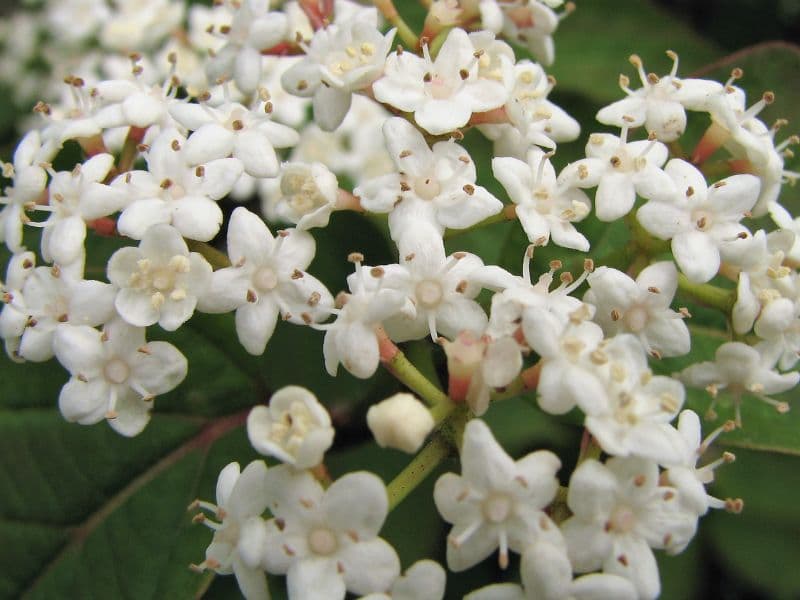
To ensure normal growth, fertilization should be carried out before the dormant period or after the leaves are preparing to fall, and before the soil freezes. Don’t fertilize the soft cuttings until they start sprouting. For transplants, fertilizer rich in nitrogen is necessary to initiate vegetative growth. In the later flowering stages, it can be replaced with high phosphorus fertilizer.
Planting Instructions
The best time for transplanting is in late spring or early summer. It is best to plant them all on the same day. Take care that roots aren’t exposed to direct light and are buried deep into the planting pit.
Before planting, you need to know the height of a fully mature plant for the variety that you are growing. Generally, the role of thumb is to divide the height of the plant by 2 to determine to space. For example, if the selected variety is predicted to grow 4 m tall at full maturity, space the plants 2 m apart. Dig a pit measuring 30 cm deep and 30 cm wide.
Pruning
Light pruning to remove dead or dried branches or injured parts of the plant can be done at any time of the year. Tea viburnum doesn’t need severe pruning; how much depends on the type of variety and purpose of growing.
Pruning to shape and beautify can be done in the late winter or early spring. When growing for borders and hedges, cut only 1/3 of the branches if they are severely intermingled. In other cases, pruning can be initiated right after flowering but before the setting of fruit. To avoid frost damage, don’t prune during frost or severe cold.
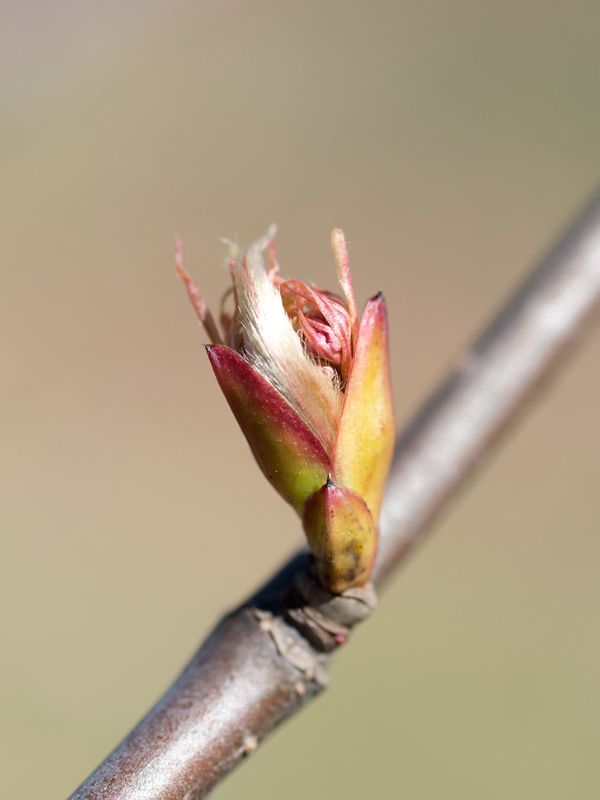
Propagation
Planting tea viburnum from seeds is not recommended. It can take 12-18 months. Soft cutting is one of the best options to grow the plant. Be sure each soft cutting contains 2 nodes for both underground and aboveground parts. Mix 1/3 fully decomposed organic matter with 2/3 dugout soil. Place the soft cuttings into a hole and press the soil gently to keep its level at the garden level. Immediate watering will make a suitable watering pit after the soil has settled.
Pests and Diseases
Potential pest and disease issues include aphids, viburnum beetle, root rot, botrytis, leaf spot, and powdery mildew. Apply appropriate treatments as needed.
III. Ues and Benefits
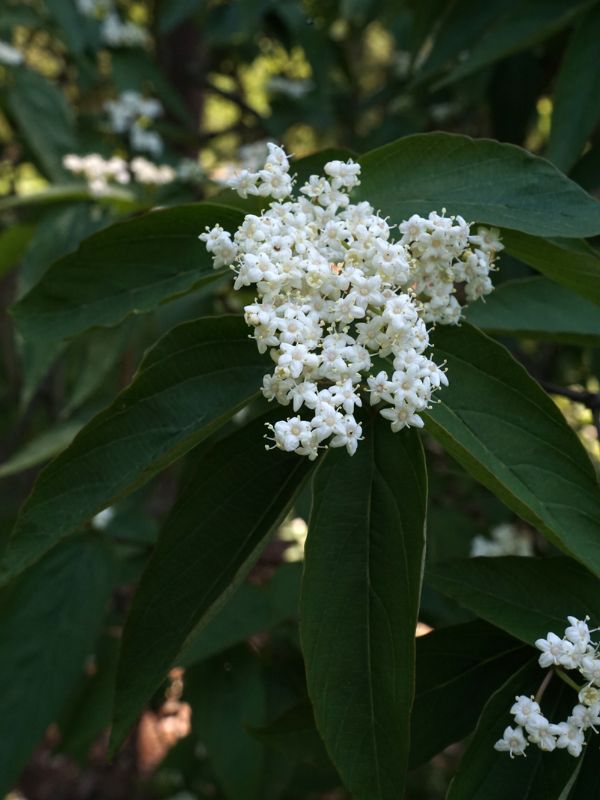
This plant is often used for hedging, screening, or as a specimen plant in the garden.
In addition to its aesthetic appeal, this viburnum provides food for wildlife and can serve as an effective privacy screen. Its berries are especially appreciated in winter, when food sources are scarce for birds.
Find Where to Buy the Best Tea Viburnum (Viburnum setigerum)

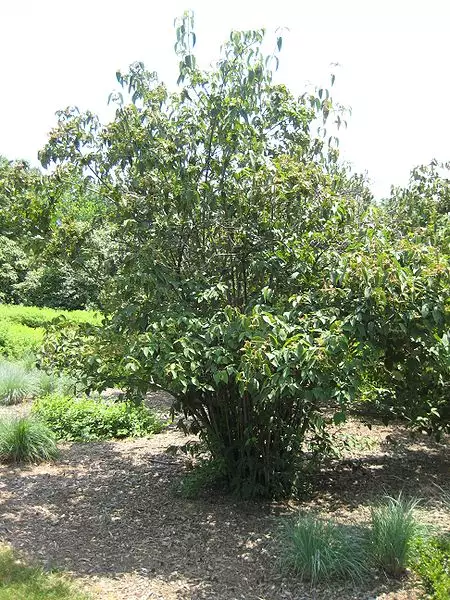

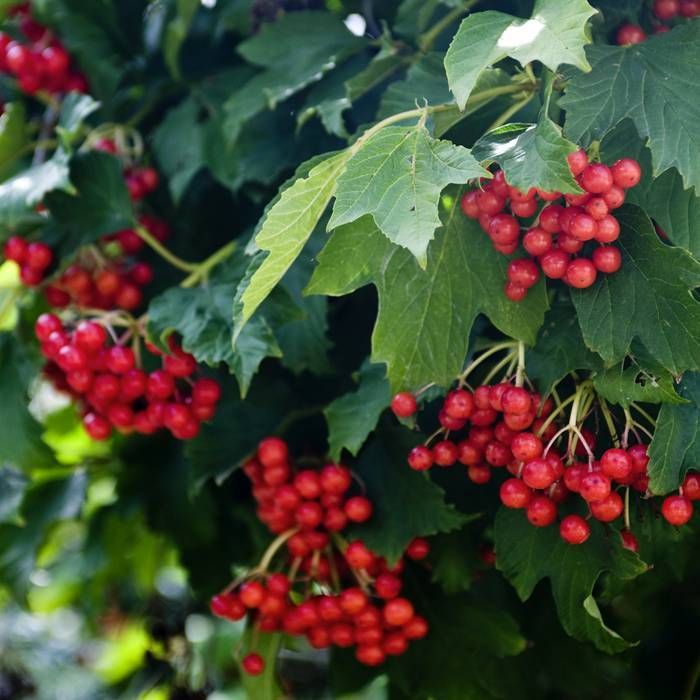





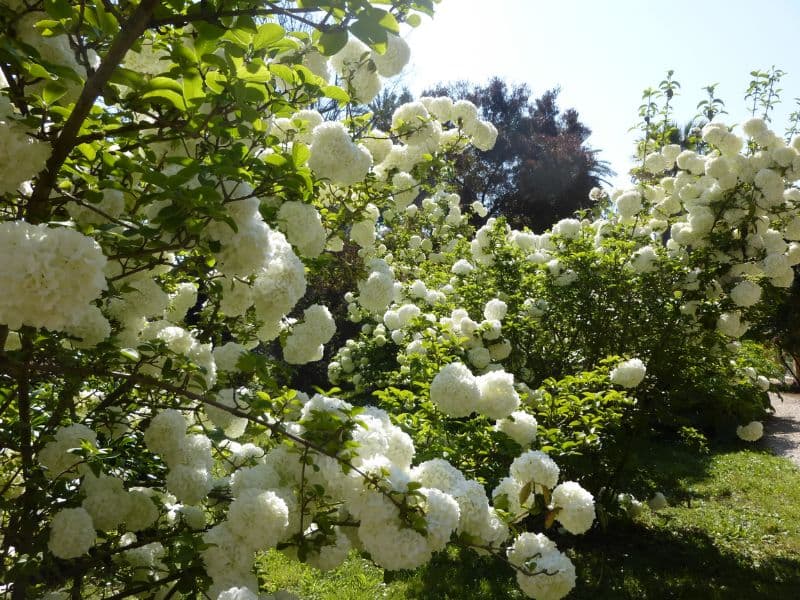
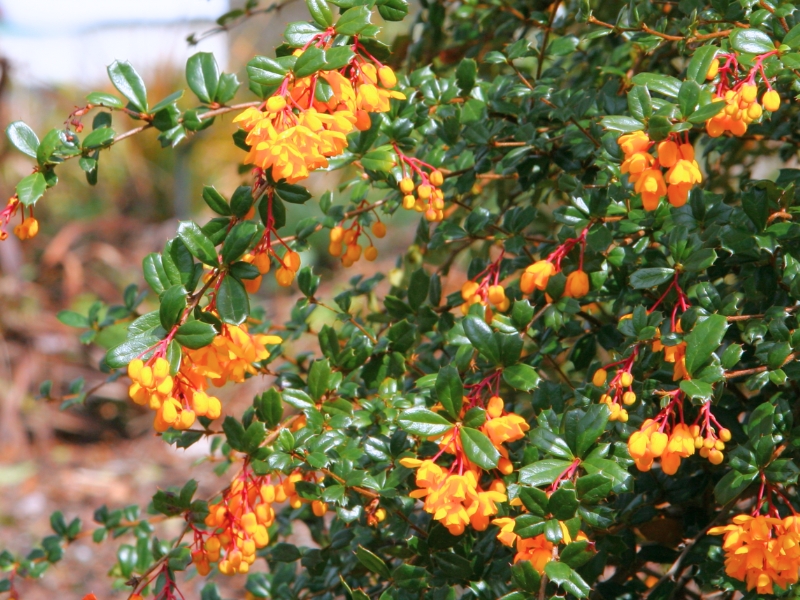
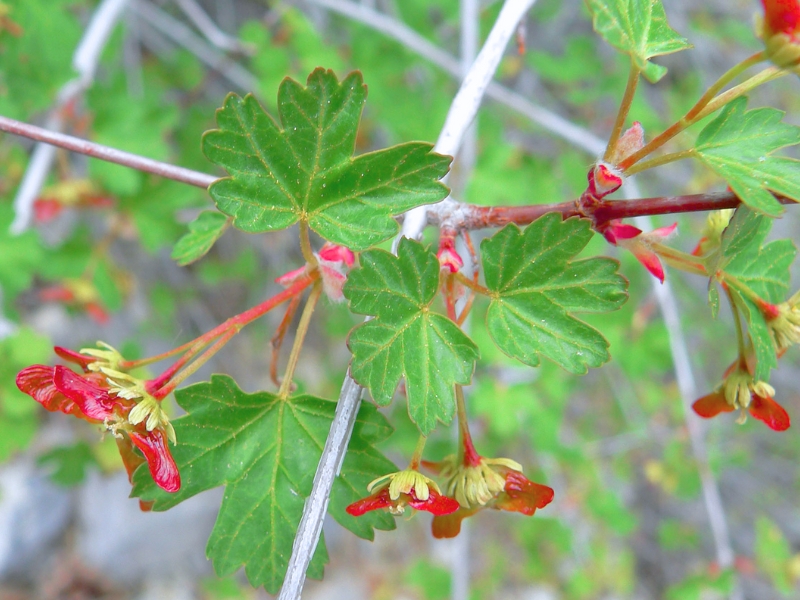
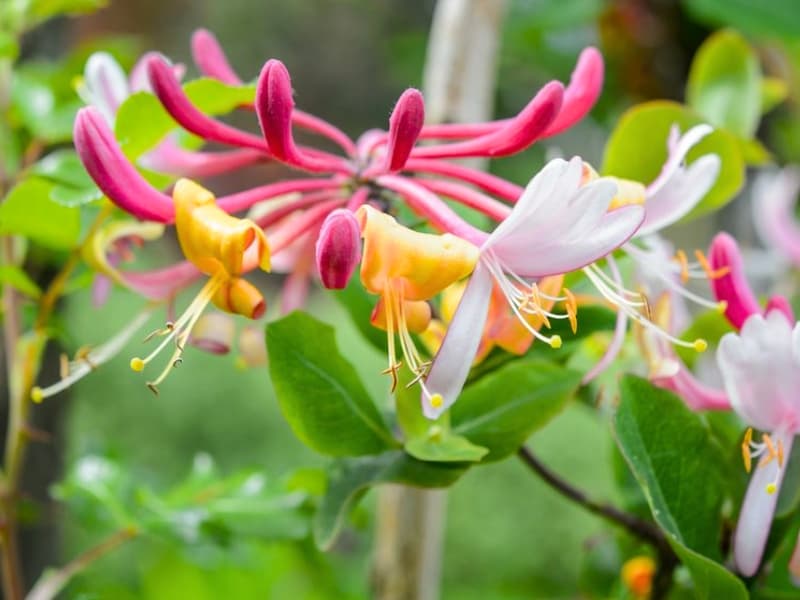
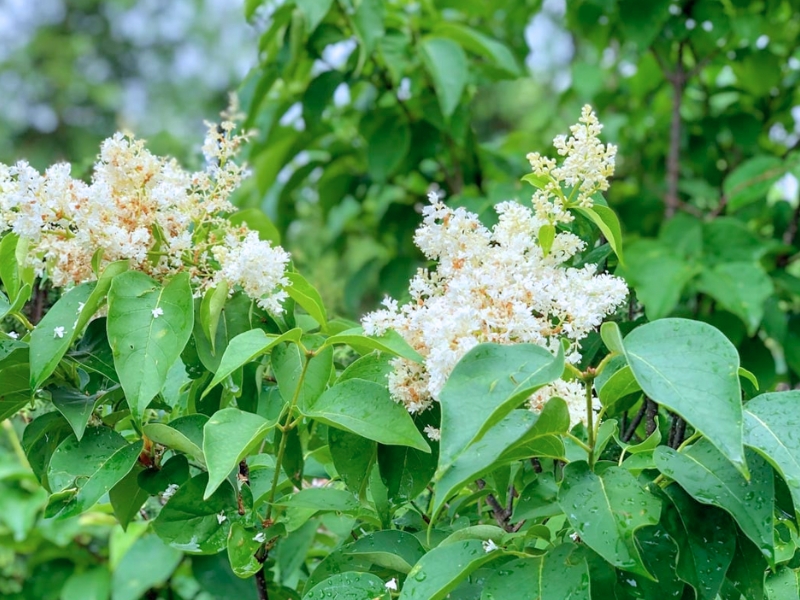
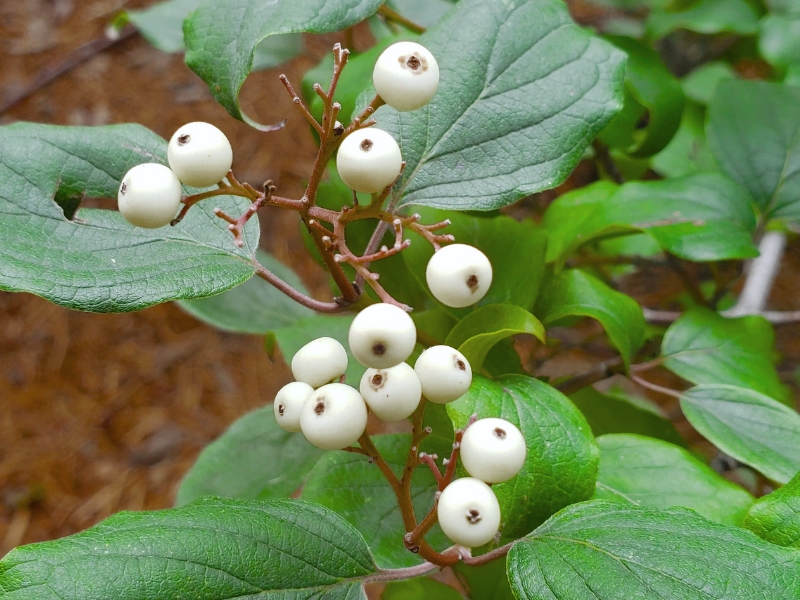
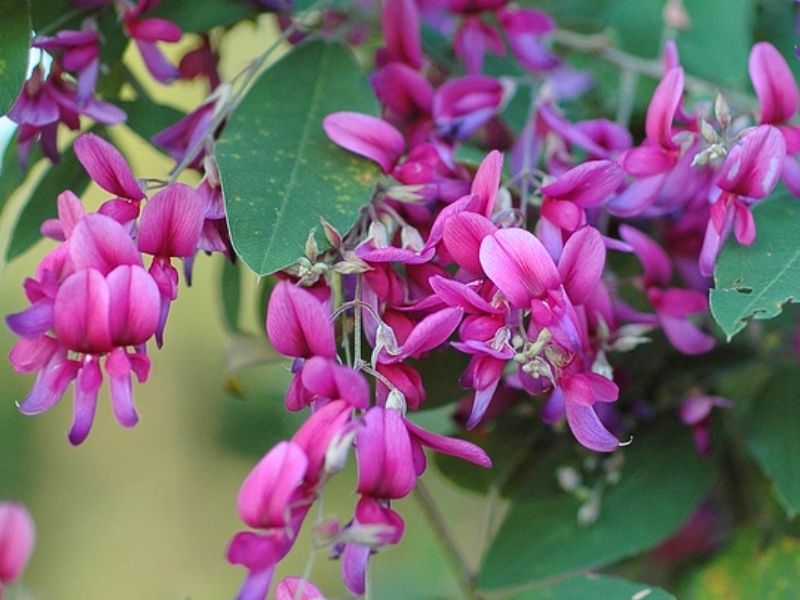
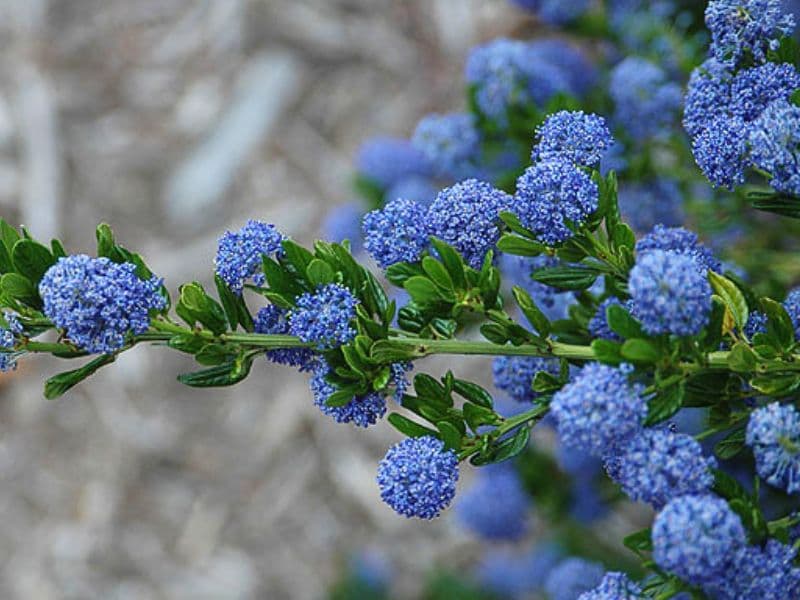
Leave a Reply